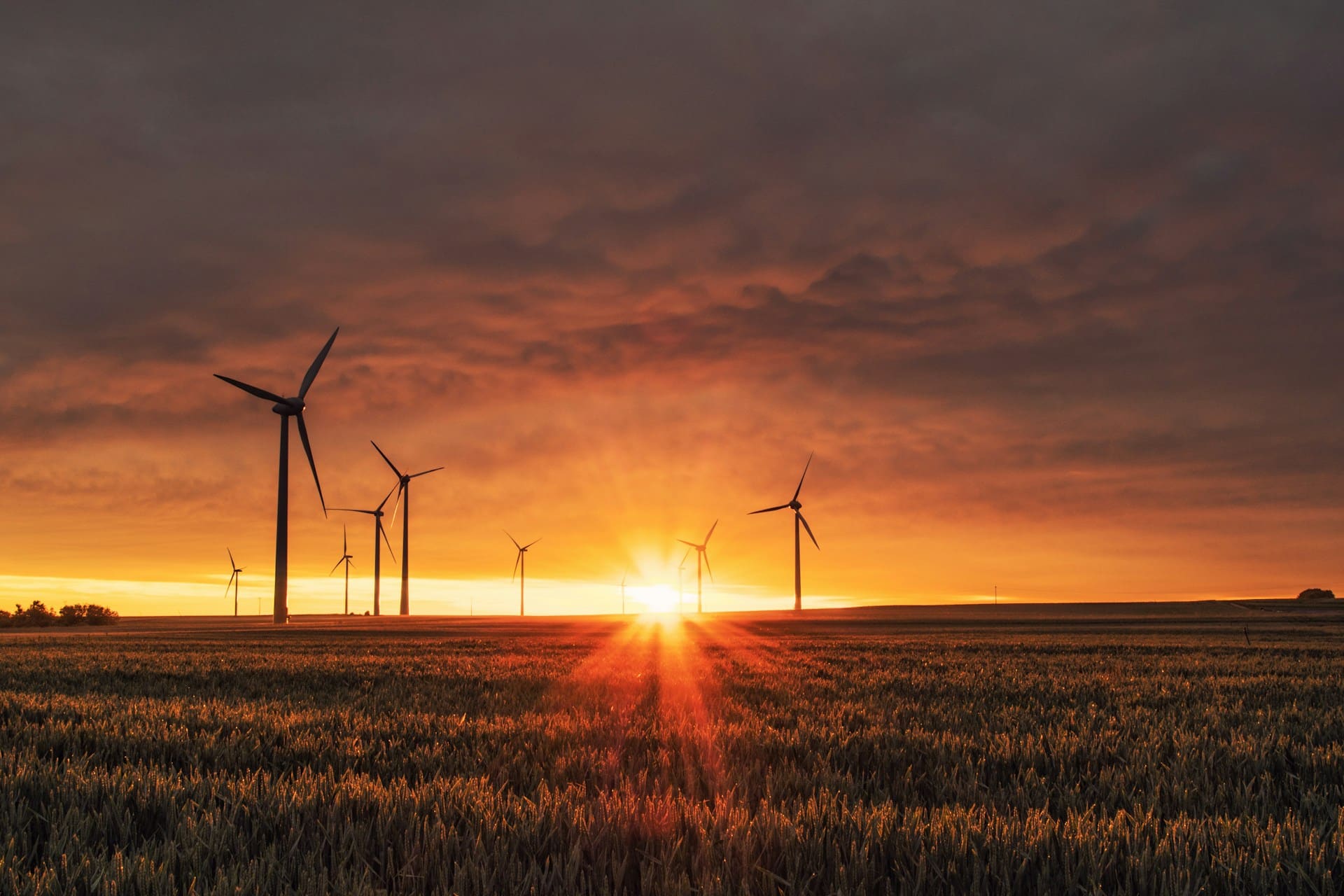What steps should UK businesses take to legally secure a lease for renewable energy projects?

Securing a lease for renewable energy projects like wind or solar farms can seem like navigating a labyrinth for many UK businesses. However, with the right information and guidance, it's a straightforward process that can lead to substantial benefits for all parties involved; the landowners, the government, and the businesses themselves. This article will explore the steps that you, as a business, should take to legally secure a lease for renewable energy projects in the UK.
Understanding the Business Case for Renewable Energy
Before venturing into the realm of renewable energy projects, it's critical to understand the business case for these initiatives. The demand for renewable energy is rapidly growing, driven by the UK government's commitment to reduce greenhouse gas emissions by 78% by 2035. This ambitious goal has sparked a surge in renewable energy projects, creating significant opportunities for businesses to invest and participate in this burgeoning industry.
Avez-vous vu cela : What are the legal requirements for product recalls in the UK consumer goods sector?
Renewable energy projects, such as wind and solar farms, offer a stable and predictable revenue stream through the sale of generated electricity. Additionally, these projects provide a positive return on investment (ROI) and are often supported by government incentives. However, securing a lease for land to develop these projects is an essential part of the process.
Identifying Suitable Land for Your Project
The first step in securing a lease for a renewable energy project is identifying suitable land. This involves considering factors such as the location's exposure to wind or sunlight, proximity to electricity grid connections, and potential environmental impacts. In the UK, wind and solar energy are the most viable options for renewable energy projects, and the geography of your chosen land will play a significant role in determining which of these options is most suitable.
A lire également : How to structure an equity compensation plan in compliance with UK laws?
Landowners are key stakeholders in this process. Engaging with them early on and maintaining clear communication throughout can help ease potential concerns and foster a mutually beneficial relationship. It is essential to clarify the benefits they stand to gain from the lease, which could include a steady income source, increased land value, and contributing to environmental efforts.
Navigating the Legal Aspects
Once you've identified suitable land, the next step is understanding and navigating the legal aspects of securing a lease. This can be a complex process, requiring thorough due diligence and potentially the guidance of legal professionals.
The lease agreement should cover aspects such as the duration of the lease, rights and obligations of each party, terms for rent review, and conditions for termination or renewal. It's also essential to ensure that the landowner has the legal right to lease the land for the proposed use.
Furthermore, you'll need to comply with local planning regulations, which may require obtaining planning permission for your renewable energy project. This process can take time and requires comprehensive documentation, including an environmental impact assessment and system design details.
Securing Funding and Government Support
Securing funding is another crucial step in establishing a renewable energy project. Various investment options are available, including bank loans, grants, and equity financing.
In the UK, the government offers various incentives to support renewable energy projects. These include the Contracts for Difference (CfD) scheme, which provides long-term contracts to renewable energy producers, and the Renewable Heat Incentive (RHI), which provides financial support to those using renewable heat technologies.
Businesses should explore these options thoroughly to understand which funding and support mechanisms best align with their project and financial objectives.
Finalising the Lease and Project Implementation
The final step in securing a lease for a renewable energy project involves finalising the lease agreement and moving forward with project implementation. This includes signing the lease, obtaining necessary permits, finalising funding, and beginning construction.
Throughout this process, it's important to maintain open lines of communication with all stakeholders, including landowners, local communities, and government bodies. Providing regular updates and addressing concerns promptly can help ensure a smooth project rollout and pave the way for successful and productive renewable energy projects.
While the process of securing a lease for renewable energy projects can be complex and time-consuming, the potential benefits for businesses, landowners, and the environment are substantial. With careful planning, due diligence, and a commitment to collaborative stakeholder engagement, UK businesses can successfully navigate this process and contribute to the country's renewable energy future.
Mitigating Risks and Overcoming Challenges
Securing a lease for renewable energy projects might pose some challenges, but being aware of them will help you to mitigate these risks effectively.
One of the significant hurdles is dealing with fluctuating market conditions that can affect project finance. The volatile nature of renewable energy markets can sometimes pose a challenge to the long term financial viability of projects such as wind farms or solar farms.
However, having a diversified project portfolio can help offset this risk. If possible, considering multiple projects across different technologies such as onshore wind, offshore wind, and solar could provide some level of energy security against market fluctuations.
Moreover, dealing with objections from local communities is another challenge. While renewable energy projects have numerous benefits, they can sometimes face opposition due to concerns over noise, visual impact, or potential harm to wildlife. It's crucial to engage with local communities early in the project planning stage and maintain open communication.
Additionally, any delays in obtaining planning permission can also lead to increased costs and timeline extensions. Therefore, understanding the local planning guidelines and regulations thoroughly and preparing a comprehensive application can expedite this process.
Lastly, fluctuations in energy bills and changes in government policies can also impact the project's profitability. Keeping abreast of policy changes and market trends will help in staying prepared for any such eventualities.
Conclusion: Embracing the Future of Renewable Energy
In conclusion, securing a lease for renewable energy projects might appear challenging at first glance. But with a thorough understanding of the landscape, careful planning, and strategic decisions, UK businesses can successfully navigate this process.
By embracing renewable energy projects, businesses can not only achieve a positive return on investment but also contribute to the nationwide shift towards a low carbon future. In line with the UK government's 10-point plan for a green industrial revolution, renewable energy projects such as wind farms and solar farms are becoming an integral part of the country's energy landscape.
Moreover, these projects are also driving advancements in areas such as energy efficiency and hydrogen production. By participating in renewable energy projects, businesses can also position themselves at the forefront of these emerging industries.
Overall, while there are challenges in securing a lease for renewable energy projects, the potential benefits far outweigh these hurdles. With the right approach, businesses can secure a lease for renewable energy projects, paving the way for a sustainable and prosperous future.
In the quest for cleaner energy, every step taken brings us one step closer to a more sustainable world. Therefore, the journey might be challenging, but the destination is certainly worth it.
